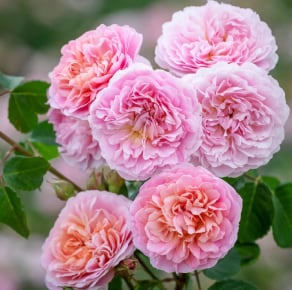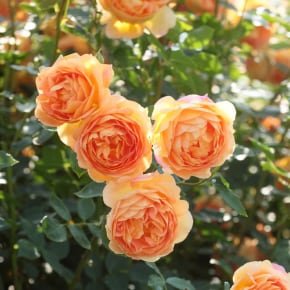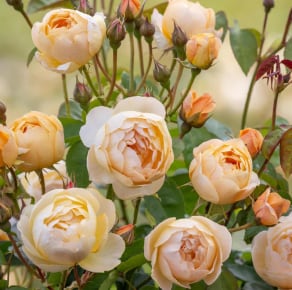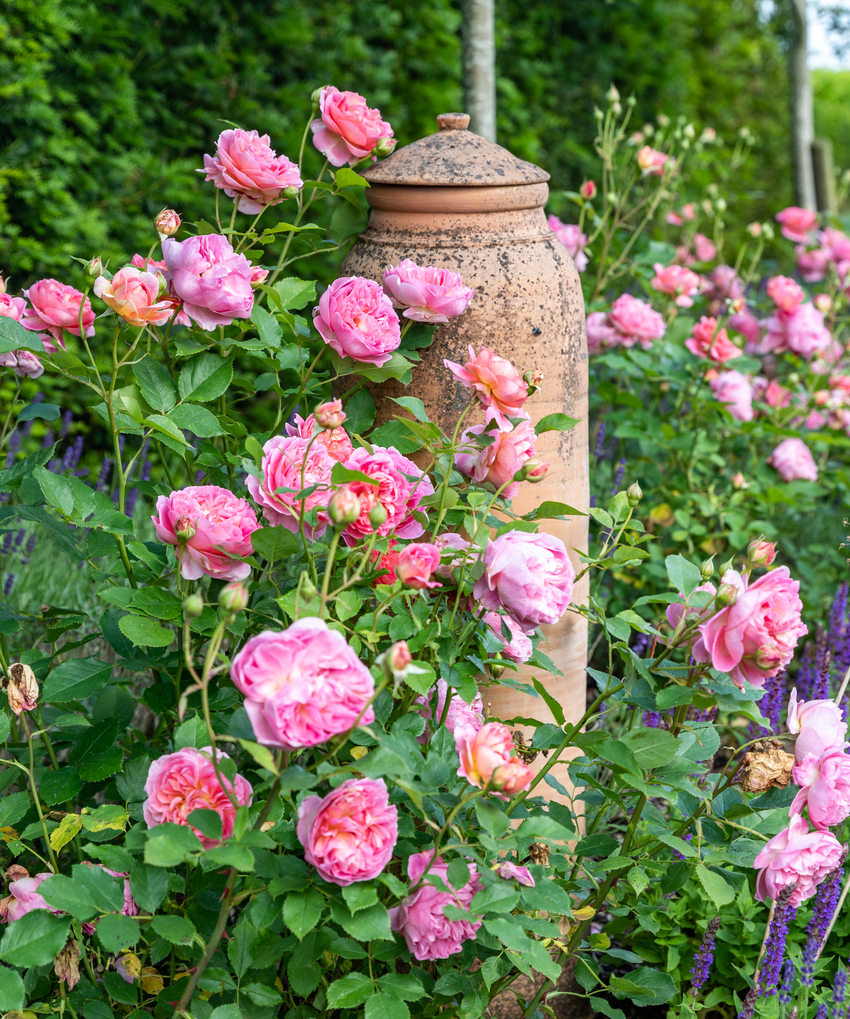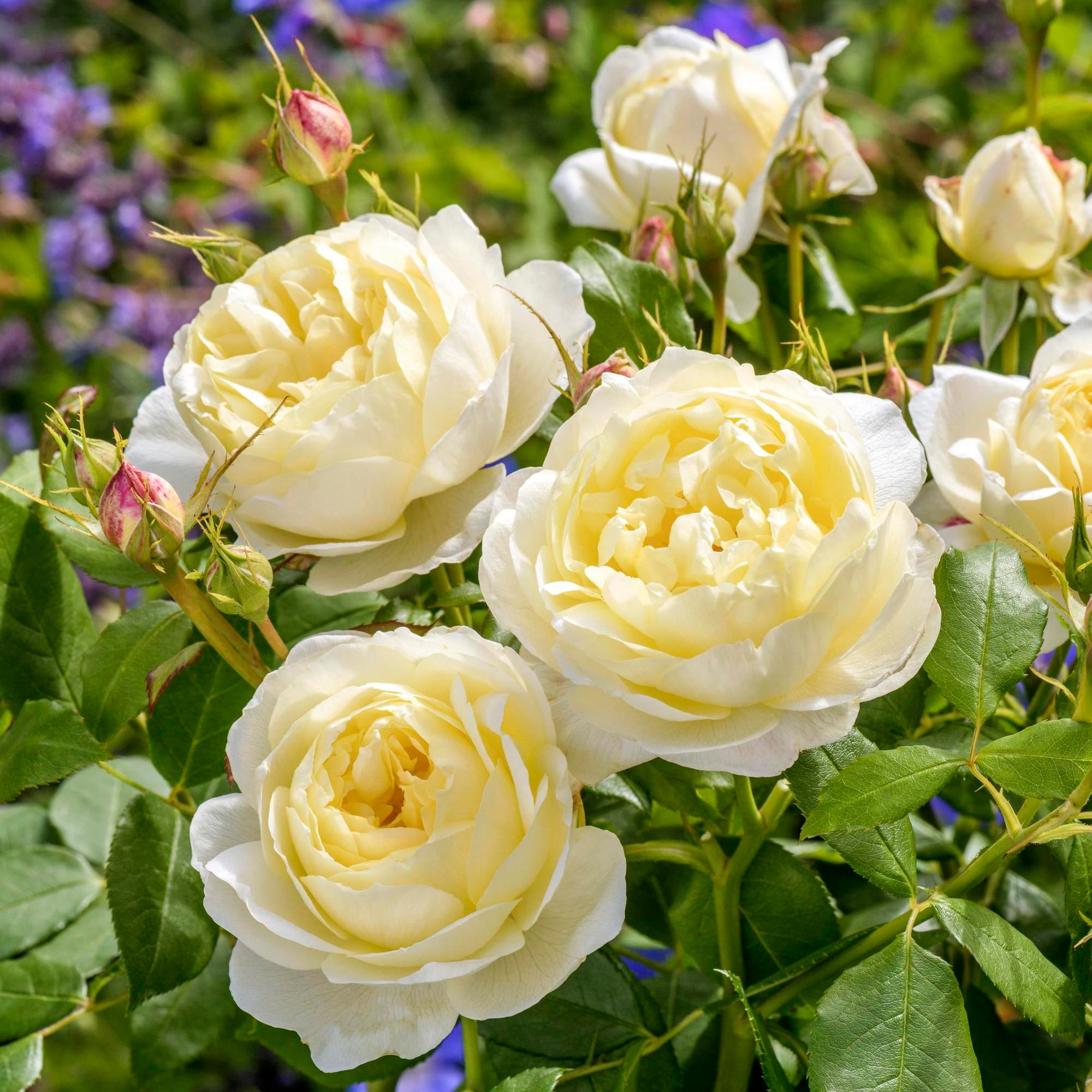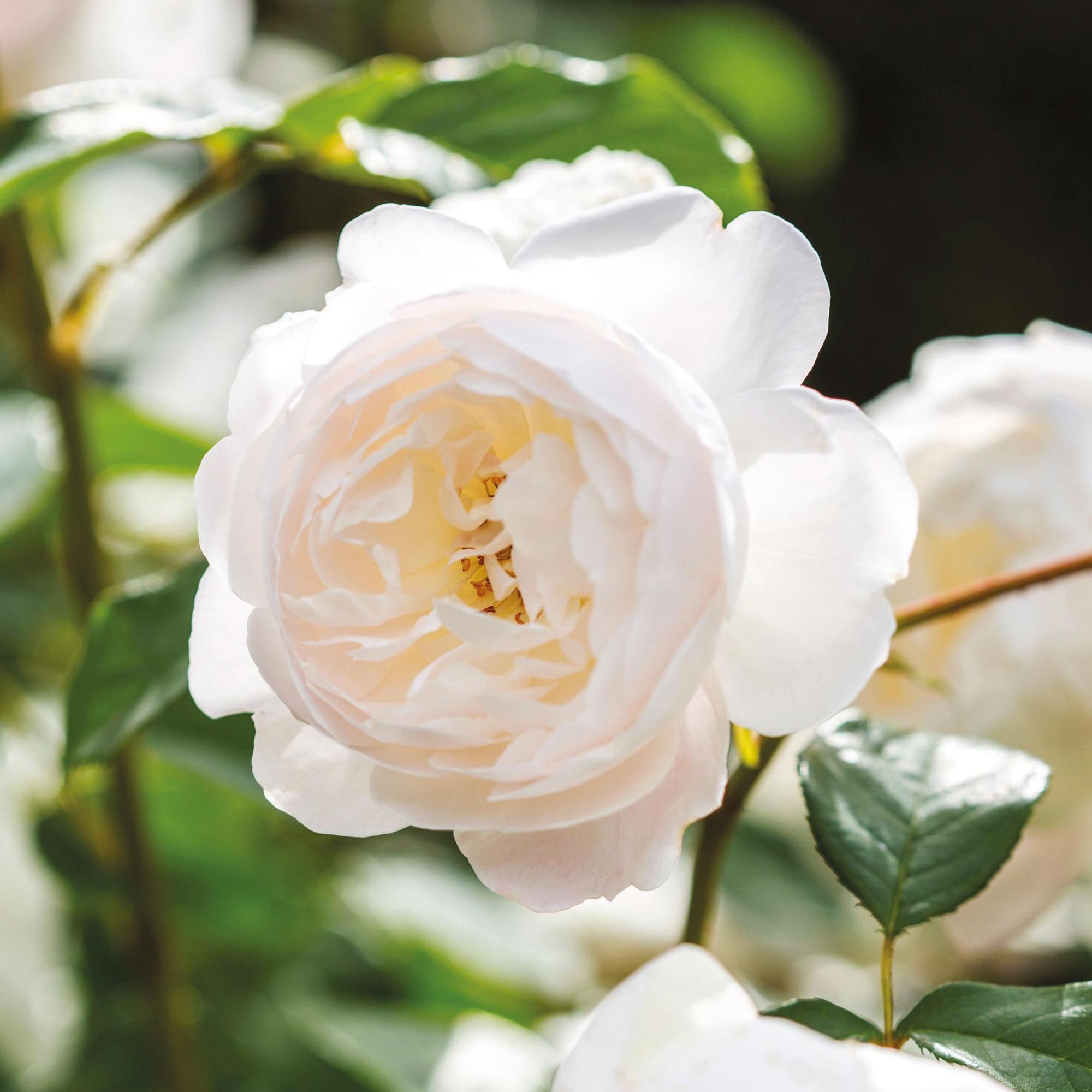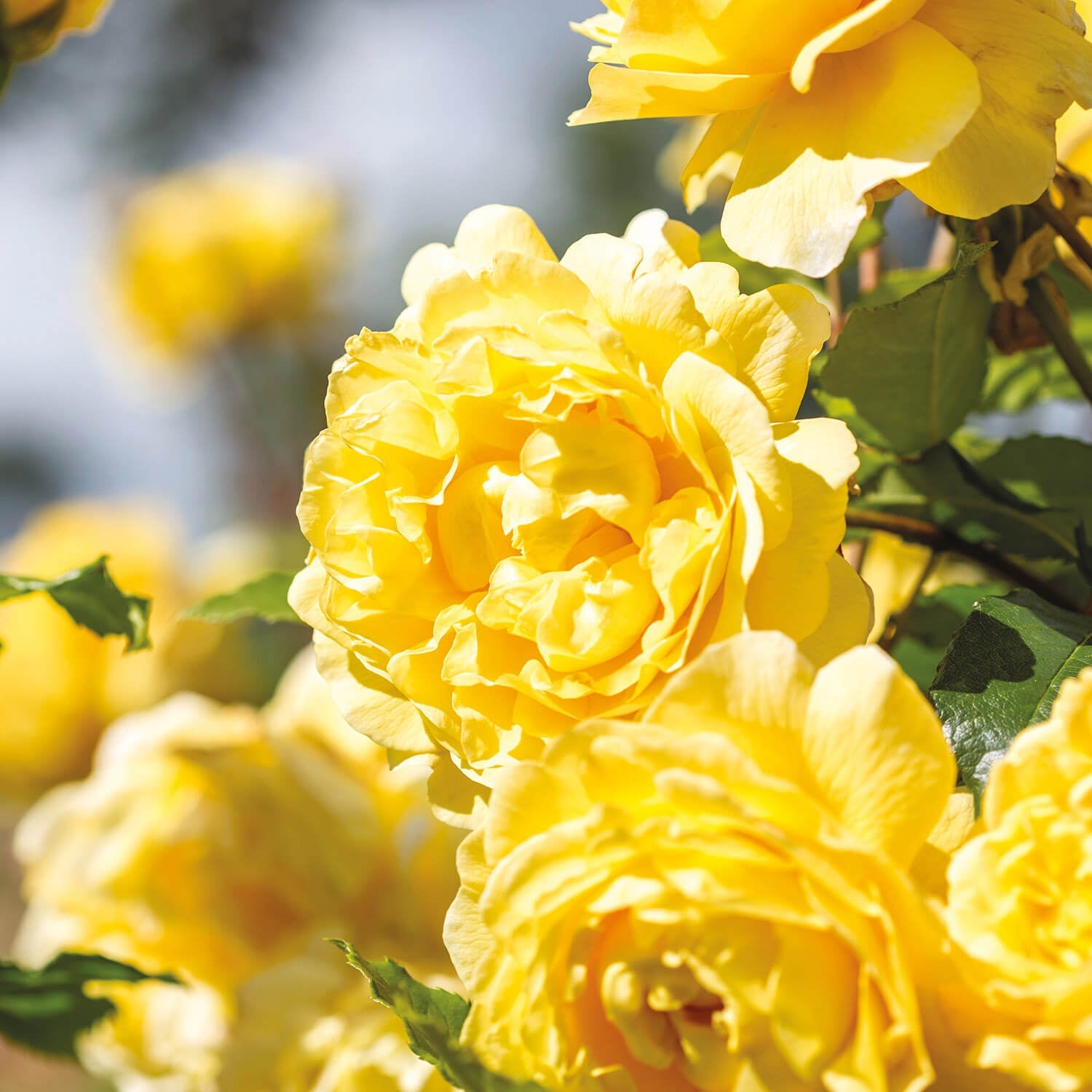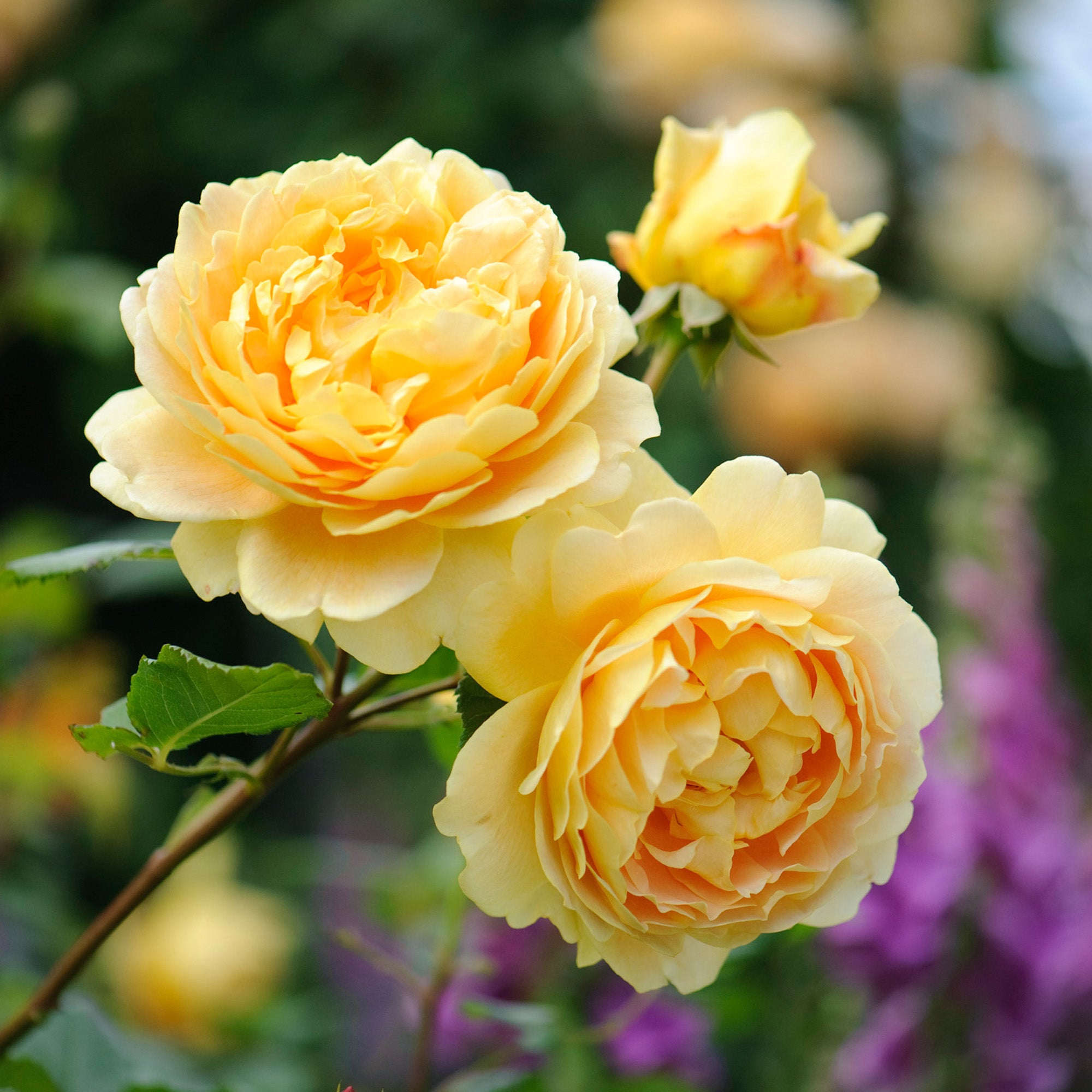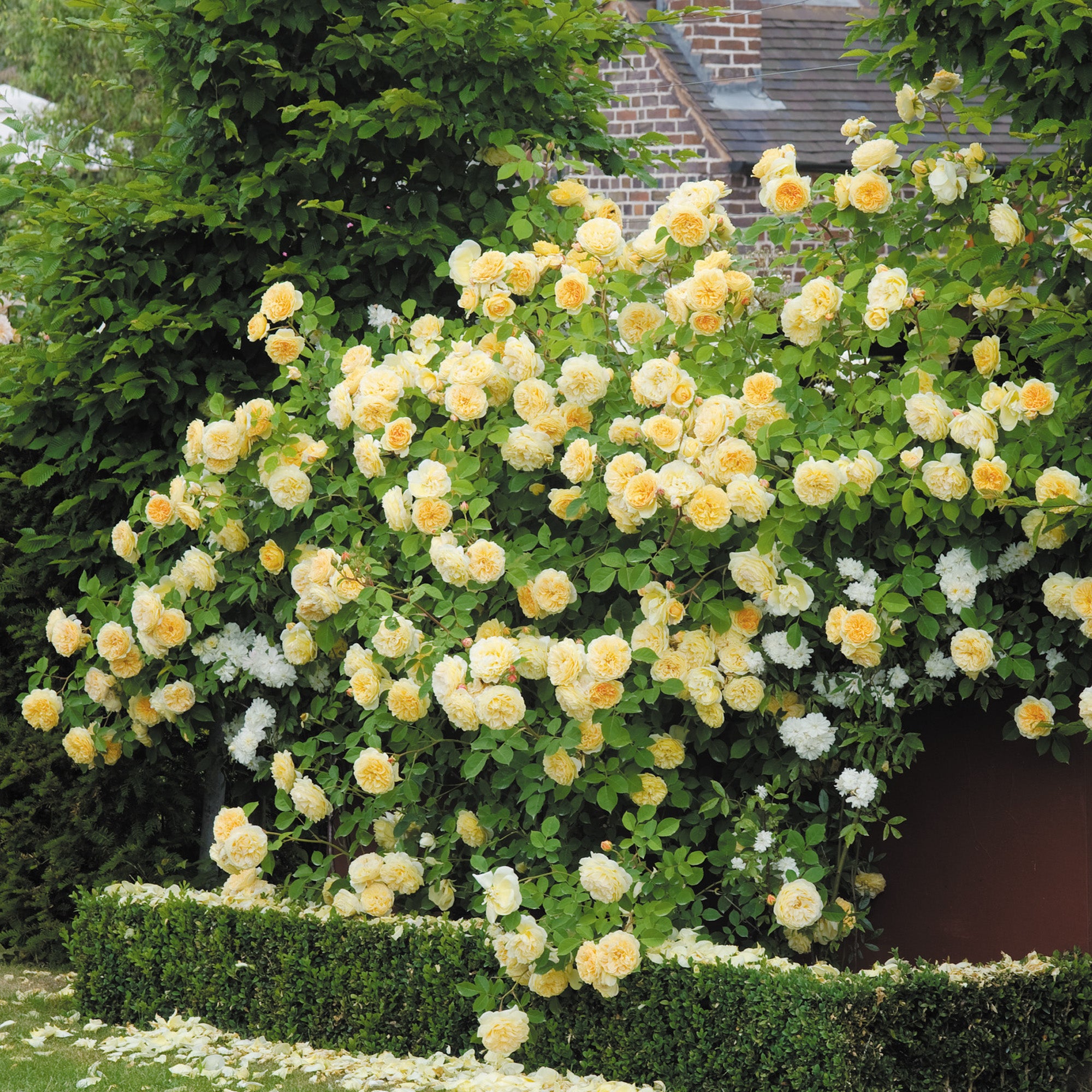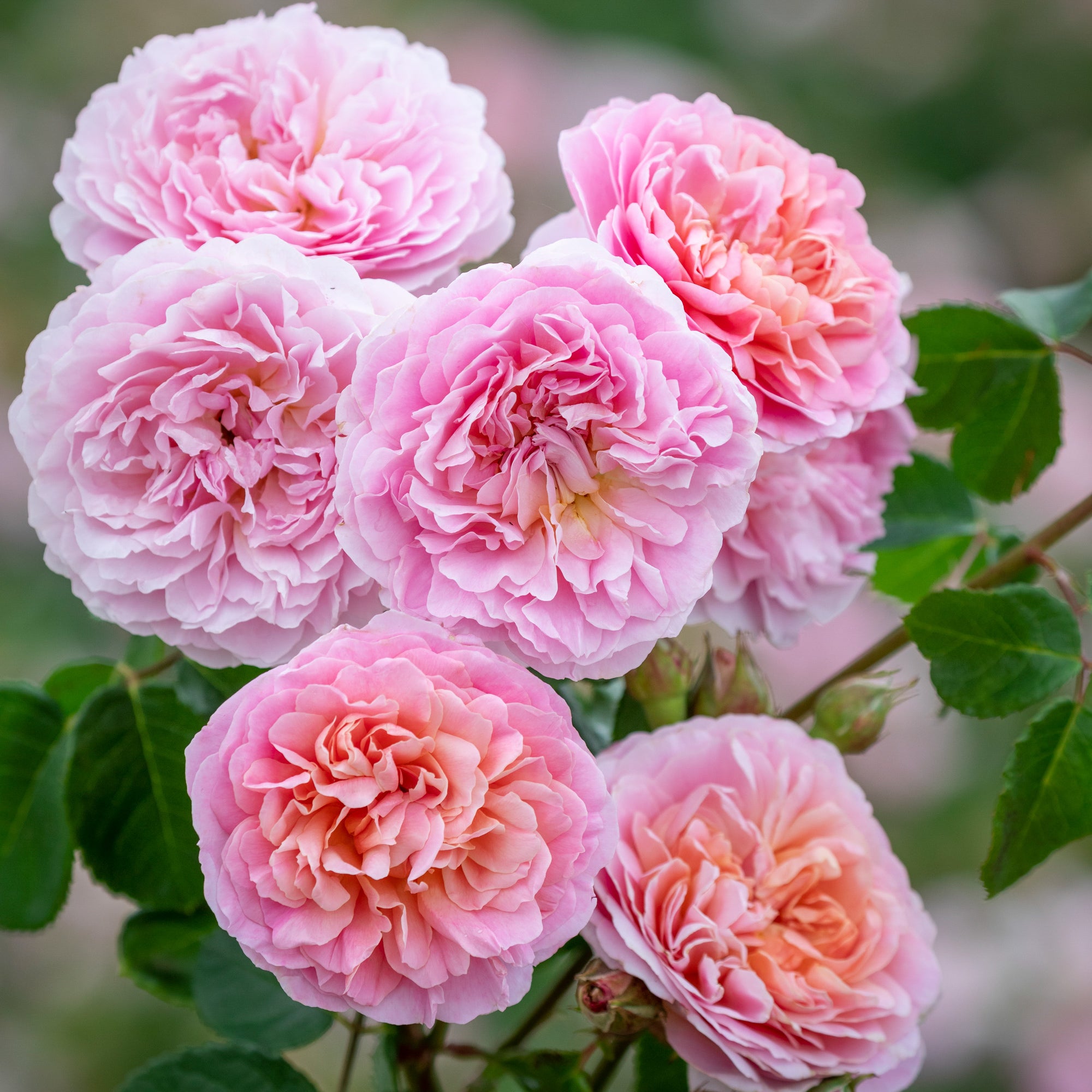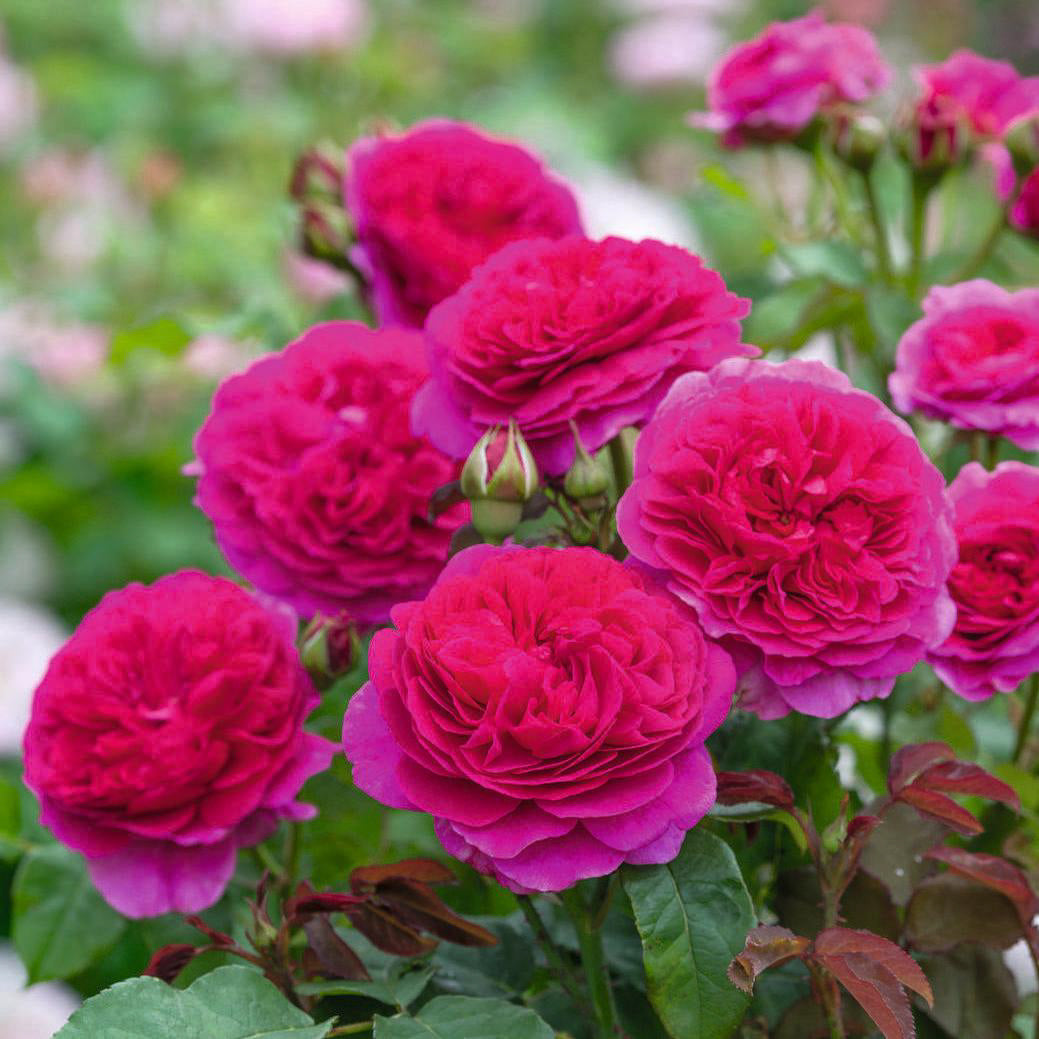A Blend of Charm, English Roses, and Timeless Beauty
Cottage gardens have a special place in the heart of English horticulture. With their relaxed, informal style, they conjure up images of quaint countryside homes brimming with flowers and fragrance. But a cottage garden is not just about looks. It is about creating a space that feels inviting, timeless and easy to care for. If you have ever dreamed of bringing a bit of that old-world charm into your own outdoor space, let’s explore how you can create a beautiful cottage garden with English roses from David Austin and companion plants.
The History of Cottage Gardens
Cottage gardens began humbly in rural England. In the past, these gardens were as practical as they were pretty. Families grew their own food, and flowers, herbs and vegetables were all mixed together in a way that supported daily life. Over time, however, they evolved into something more ornamental, especially during the Victorian era when people started incorporating more decorative plants like roses and lavender alongside their edible crops.
The result was a garden that felt lived in, full of colour and fragrance, and designed to bring joy to anyone who walked through it. These gardens were not meant to be meticulously ordered. Instead, they were about an abundance of life and a sense of freedom in how the plants grew.
The Essence of a Cottage Garden
At its heart, a cottage garden is about simplicity and abundance. The goal is to create a space that feels natural, where plants grow freely and spill over pathways, fences or walls without too much intervention. It is about allowing the garden to evolve, with each flower and plant finding its place in the mix.
When designing your own cottage garden, choose plants that will work well together. Rather than a rigid, planned layout, opt for a relaxed, almost spontaneous arrangement that feels as though nature itself is in charge. This will help your garden achieve that effortless charm that is so characteristic of cottage gardens.
The Role of English Roses in a Cottage Garden
No cottage garden is complete without English roses with their soft, romantic blooms and heady fragrances, they are perfect for creating the classic cottage garden feel. Take the Boscobel rose, for example. With its delicate coral-pink rosettes, this rose adds a touch of grace and elegance to your garden. The scent is intoxicating too, with hints of hawthorn, elderflower, pear and almond, a fragrance that will fill the air during the warmer months. It is the sort of rose that brings an effortless beauty to any corner of your garden, especially when paired with fragrant plants like lavender.
Gentle Hermione (Ausrumba) PAT. PP17500 and Kew Gardens (Ausfence) are another perfect pairing, especially if you want to create an informal rose hedge along a pathway. The soft pink blooms of Gentle Hermione and the delicate structure of Kew Gardens will gently tumble over the edges of your walkway, filling the space with fragrance as you stroll through. They create a relaxed, inviting atmosphere where the roses seem to flow naturally into the garden.

One of our most beloved English roses is Gertrude Jekyll® (Ausbord). Famous for its rich, heady fragrance and soft pink blooms, this rose evokes the feeling of a classic English garden and spills over pathways and pavements with a soft, carefree beauty. It is a rose that is as much about scent as it is about looks, making it perfect for a cottage garden where fragrance is just as important as colour.
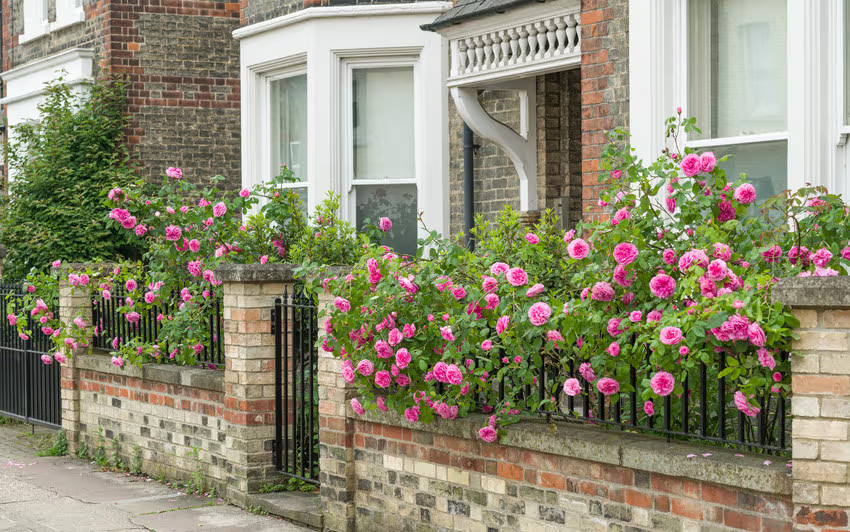
Companion Plants for a Beautiful Cottage Garden
While roses are undoubtedly the stars of a cottage garden, the real magic happens when they are paired with the right companion plants. The best cottage gardens mix a variety of plants including herbs, flowers and shrubs that work in harmony with each other.
Lavender is an essential companion for English roses. With its soft purple spikes and calming scent, lavender provides a wonderful contrast to the richness of rose blooms. Not only does it look lovely, but it also attracts pollinators like bees and butterflies, adding life to your garden. Its fragrance will blend beautifully with the scent of your roses, creating a delightful, aromatic garden all summer long.
Foxgloves and hollyhocks are also ideal companions, adding height and structure to the garden. These tall, stately plants with their bell-shaped flowers bring a sense of elegance to the garden while complementing the softness of the roses. Plant them along the edges of your rose beds, where they can tower above the lower plants and create a beautiful contrast.
Daisies and poppies bring a playful, wildflower-like quality to your cottage garden. Their cheerful, open blooms provide a perfect backdrop to the more structured rose bushes and add splashes of colour to the scene. These easy-to-grow plants give the garden a carefree, country feel.
Clematis is another great companion plant, particularly for adding a vertical element to your garden. The climbing vines can be trained to grow over trellises or fences, creating layers of colour and texture in the garden. As they climb, clematis will intertwine beautifully with the roses, offering an extra dimension to your garden’s design.
Designing Your Cottage Garden
Designing a cottage garden does not have to be complicated. The key is to embrace the natural beauty of your plants and let them grow freely. Start by picking a selection of your favourite plants, including roses, herbs and flowers, and arrange them in a way that feels natural. You do not need to stick to any rigid design. Instead, focus on creating a space where plants complement each other and fill the garden with colour and scent.
If your space is limited, try planting rose hedges or climbing roses along walls or fences. These will spill over into the space, making even a small garden feel much more expansive. You can also bring the cottage garden style into an urban setting by allowing roses to grow freely over pavements or along the edges of your balcony.
Remember, the most important element of a cottage garden is the sense of ease and informality. Do not be afraid to let your plants grow a little wild. After all, it is the unforced charm of these gardens that makes them so endearing.






